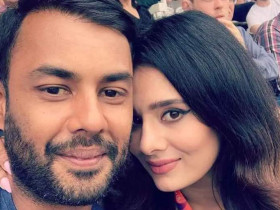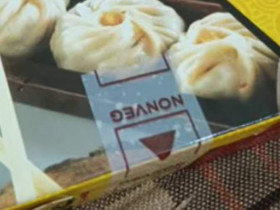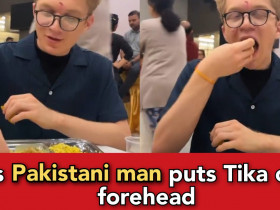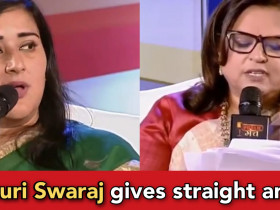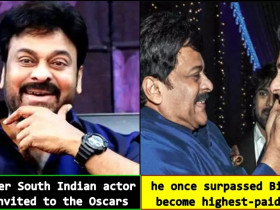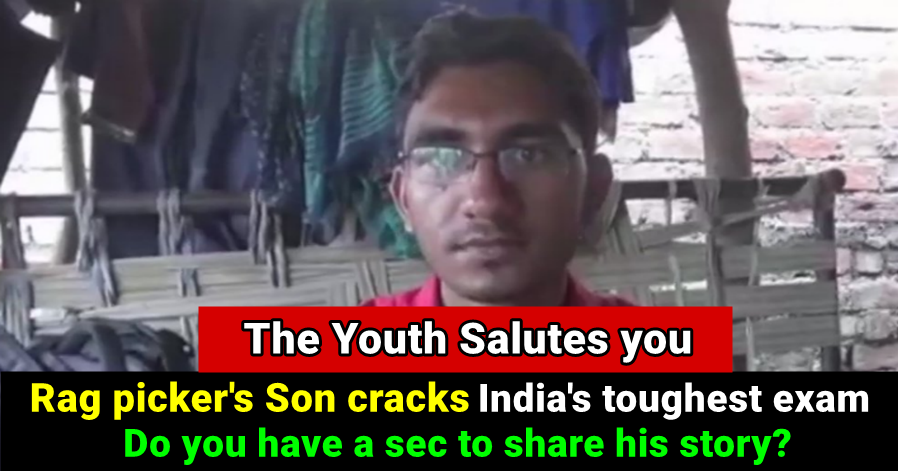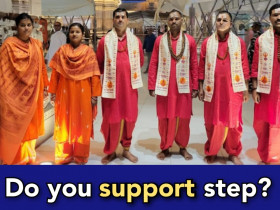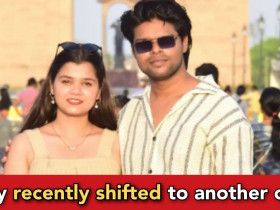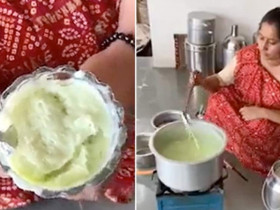Those were days when we used to buy goods outside either in the shopping mall or in roadside shops. We take cash from our pocket or wallet and give it to the shop owners for the items purchased.
However, things started to change in this digital world. Ever since the Inception of e-commerce websites like Amazon, Flipkart, and Myntra people started to buy things from these sites.
In this fast-growing world, people have no time to cook food and hence they order food from Swiggy and Zomato. In each and every order, the delivery executive will be assigned to deliver the food.
Once the food preparation is done, the executive will reach the final destination and deliver the order. Before that, we can either choose cash on delivery or pay through our card.
Not just foodies alone but even the ones who eat less willingly order through Zomato or Swiggy. When users open the application, the food menu pops up only to display some delicious dishes.
With a variety of items to choose from on the menu, customers pick their favourite ones. Post that, they proceed to the checkout section where the delivery app asks you to pay for the total amount.
Zomato Responds After Customer Highlights Differences Between App’s Online & Offline Bills
Meanwhile, LinkedIn user made the headlines after he compared Zomato online bill with offline bill and there was a huge difference in the first place.
He recently published 2 pics of identical restaurant orders with several prices on LinkedIn. The meal includes mushroom momo, vegetable fried rice, and veggie black pepper sauce.
Check out the difference between App’s online and offline Bill

The linkedin user wrote, “Proof that #Zomato wants to make more money per order than the food service provider!
I am doing an apple to apple comparison to online vs offline order.
Here is what I noticed,
cost for offline order INR 512
cost for zomato order INR 690 (after applied discount of INR 75)
cost escalation 34.76% per order at INR 178 = (690-512)/512
assuming Zomato brings visibility and more orders to the food service provider, should it charge such high price?
I think there is a need to cap this cost escalation which should be implemented by the government so as to make this a win-win for all stakeholders.
Over time, people will come to know of the high cost they are paying for Zomato delivery and eventually skip ordering from Zomato or move to some other substitute.
Customer acquisition cost is what all start-ups are struggling with.
Retention is the key to enhance customer lifetime value,
Zomato is always on top of my mind due to its constant omni channel advertising!
but I must say me being a normal value driven Indian customer, at the end of the day will always make a price to benefit comparative analysis as a end result of any higher pricing.
The point is, customers are happy and willing to pay a price proportionally to the benefit derived from cost escalation, but this is not very elastic and can snap when stressed out of proportion, and that’s what the pricing gurus at these start-ups much understand to keep the revenue healthy and flowing!”
Here’s how Zomato responded:
“Zomato being an intermediary platform between a customer and a restaurant, does not have any control over the prices implemented by the restaurant partners on our platform. That said, we have conveyed your feedback to the restaurant partner and have requested them to look into this.”

